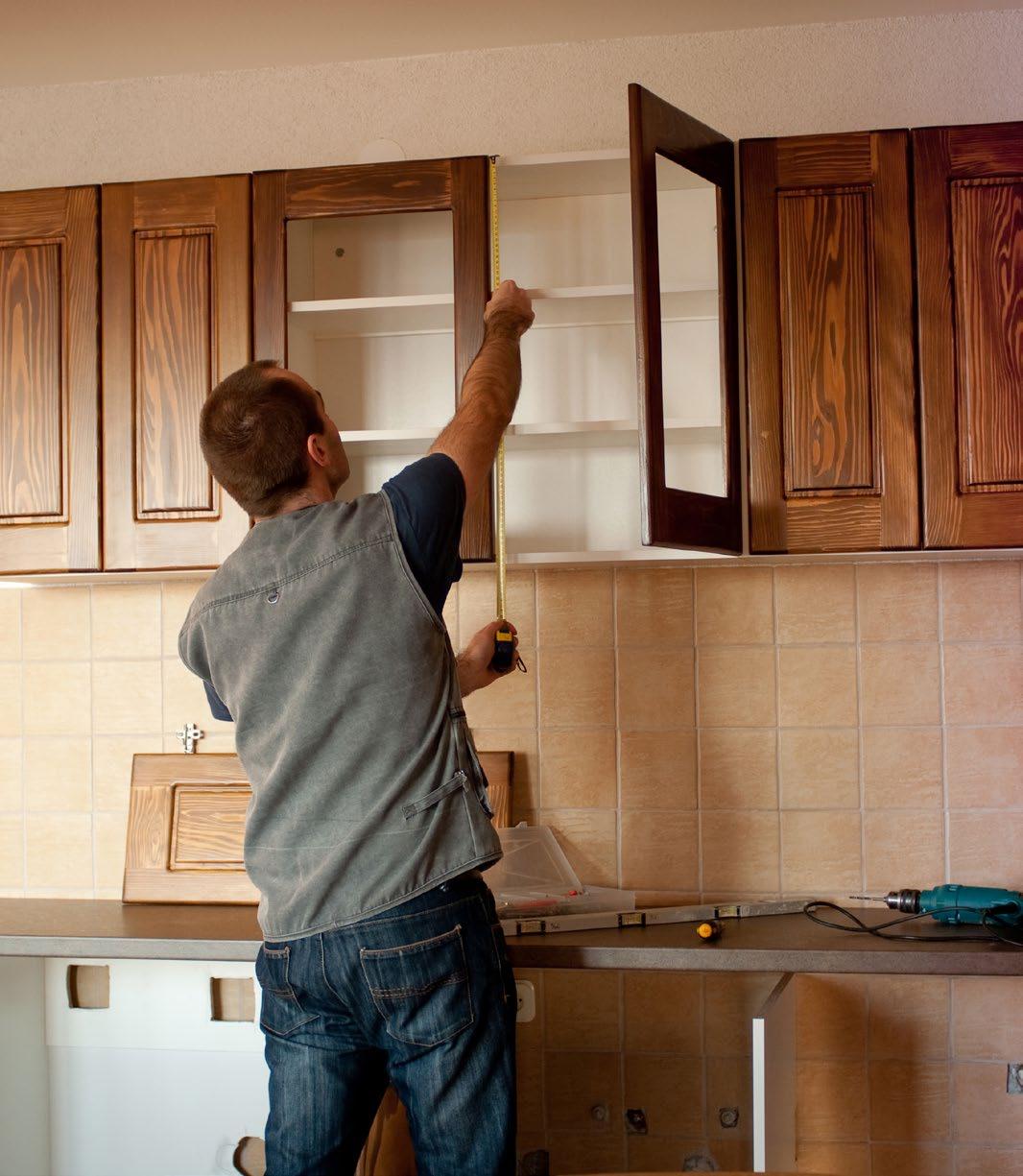
4 minute read
Should you renovate or sell as-is? Seven advantages of selling without repairs
If you’re planning to move – whether upgrading, downsizing, relocating for a job, or simply seeking a lifestyle change – it’s crucial to consider what truly needs to be done to prepare your property for the market. While the idea of renovating might be tempting, selling your home as-is could be the better option.
Major operational issues, such as a leaking roof, faulty heating system, or outdated electrical and plumbing, must be addressed before listing, as these are legal disclosure requirements. If left unresolved, a home inspection will likely reveal them, potentially leading to a withdrawn offer.
Here are some important points to consider when selling your property:
1. RENOVATION RETURNS MAY NOT BE WORTH IT
Many home improvements do not deliver an immediate financial return. While full kitchen and bathroom renovations add the most value to a property, they are costly and highly disruptive. If these spaces have not been updated, it might be best to leave them as they are. Instead, focus on maintaining existing features and ensuring the property is in good condition.
2. LIVING IN A RENOVATION ZONE IS STRESSFUL
For those in spacious homes with extra bathrooms and spare rooms, renovations may be manageable. However, for smaller homes, the inconvenience is significantly greater. Unless you are handling all the work yourself, you are also at the mercy of suppliers’ schedules. If you won’t be the one enjoying the upgrades, investing $20,000 in a last-minute kitchen makeover might not be worth it. Simple updates like painting, replacing cabinet doors, and updating handles can be extremely cost effective and have a high impact.
3. PERSONAL TASTE IS SUBJECTIVE
Buyers have diverse preferences. A prospective homeowner may not see your vision for a space, whether it’s a study, nursery or potential ensuite. Instead of attempting to predict buyers’ tastes, create a neutral space that allows them to imagine their own possibilities.
4. YOU’VE ALREADY DECIDED TO MOVE
Once you’ve made the choice to leave, don’t let sentimental attachments influence your decisions. If you always intended to add a skylight but never did, let it go – your next home may offer better natural lighting or even floor-to-ceiling windows. The goal is to move forward, not dwell on past home improvement dreams.

5. FIRST IMPRESSIONS START OUTSIDE
No matter how much effort you put into interior updates, they won’t matter if the home’s exterior is uninviting. Prioritise curb appeal by tidying up the front yard, removing clutter like unused bikes, reseeding patchy grass, and creating an inviting entryway. If you choose to invest in an outdoor upgrade, you might consider new patio furniture that you can take with you to your next home.
6. CLEANLINESS TRUMPS bRAND-NEW FEATURES
A well-maintained home will always appeal more than one with signs of wear and tear. Prospective buyers are put off by dirty walls, scuffed floors, stained carpets, cracked tiles, and smudged appliances. Your goal is to present a clean, well-kept space that potential buyers can picture themselves living in. If you can’t bring yourself to paint over a sentimental feature - such as the height markings of your children on a doorframe - replace the frame and keep it as a memento.
7. FIT THE MARKET, DON’T OVERDO IT
Luxury additions like pools, home theatres, or built-in bars might suit your lifestyle but you should consider if they align with what buyers are actually seeking.
A family that loves the outdoors might not want a game room, and an investor looking to rent the property may not see the appeal of a hot tub. Avoid making excessive upgrades that price your home out of the local market – this could lead to financial losses in the long run.
While renovations can be worthwhile in some cases, selling as-is will save time, stress and unnecessary expenses. Instead of sinking money into last-minute changes, focus on ensuring the home is well-presented, clean and market ready. By keeping things simple, you can streamline the selling process and maximise your return without the hassle of renovations.





